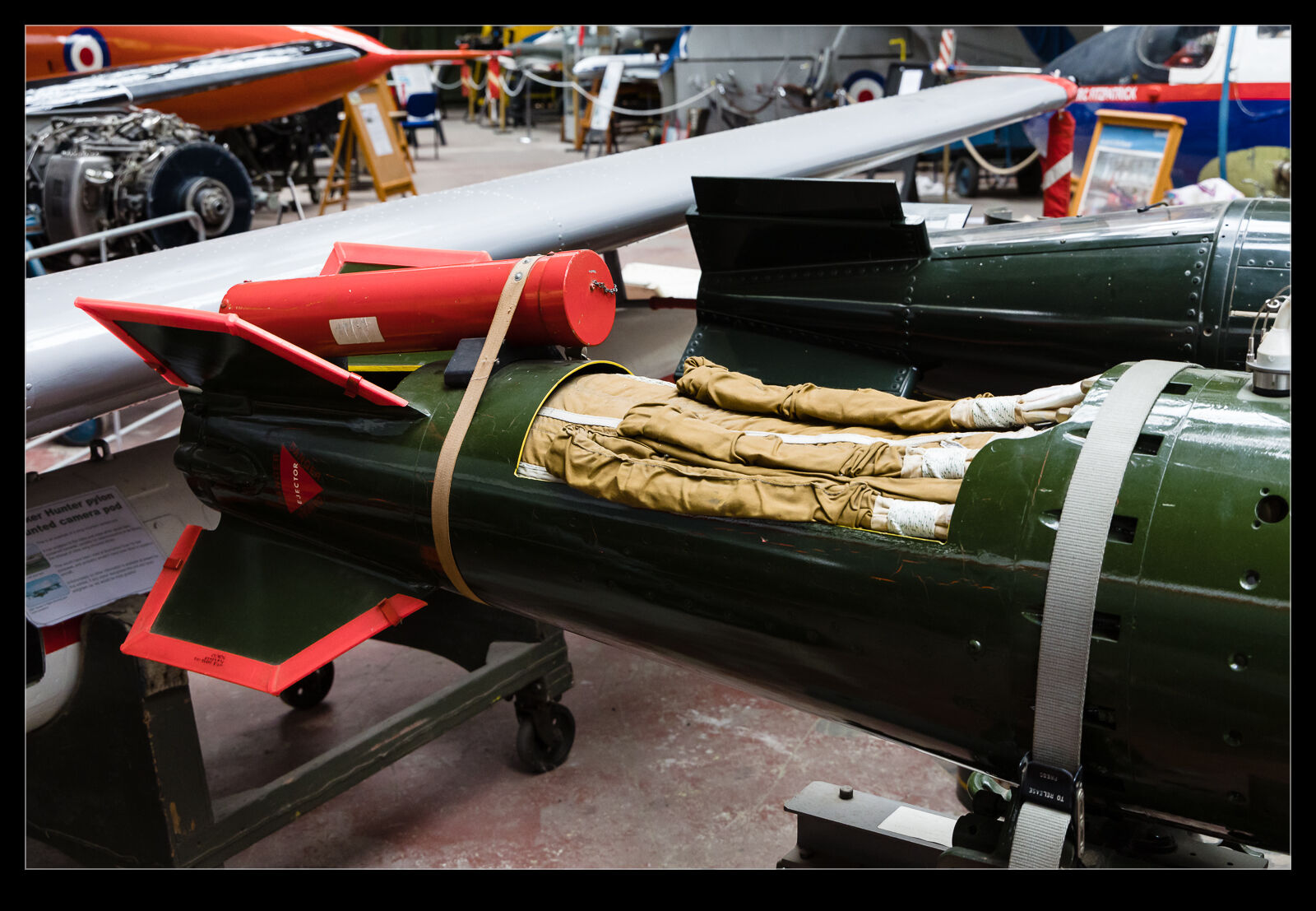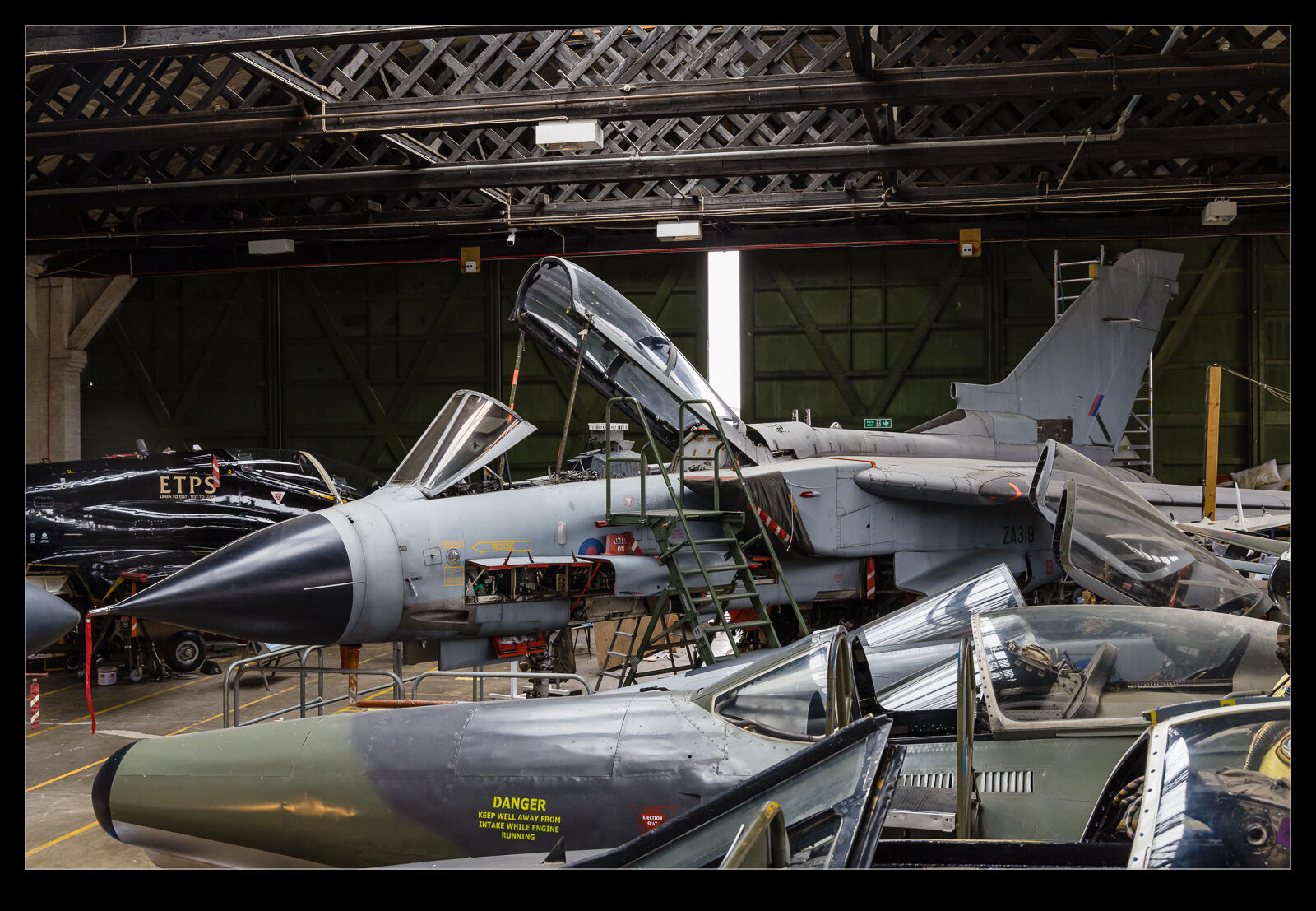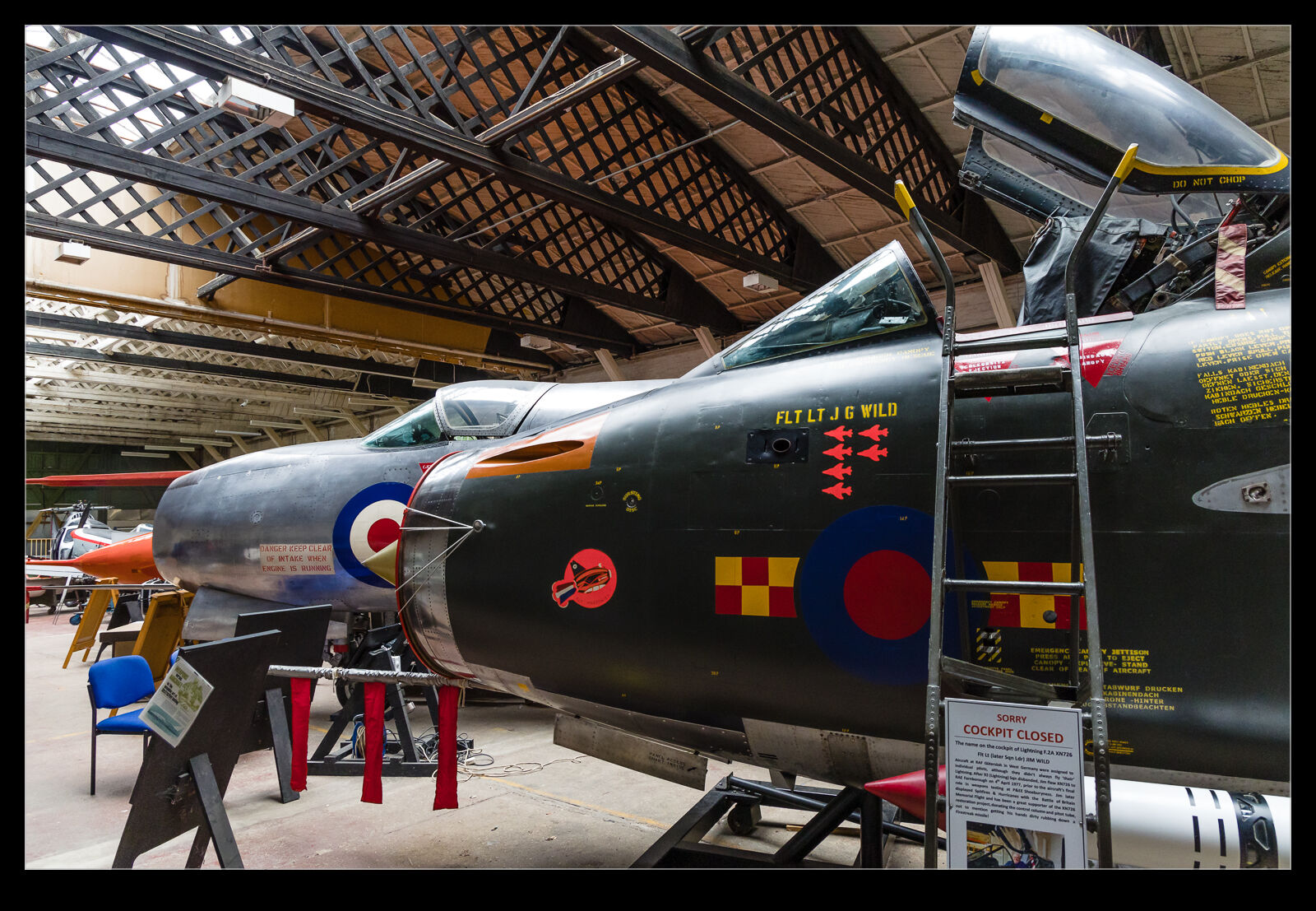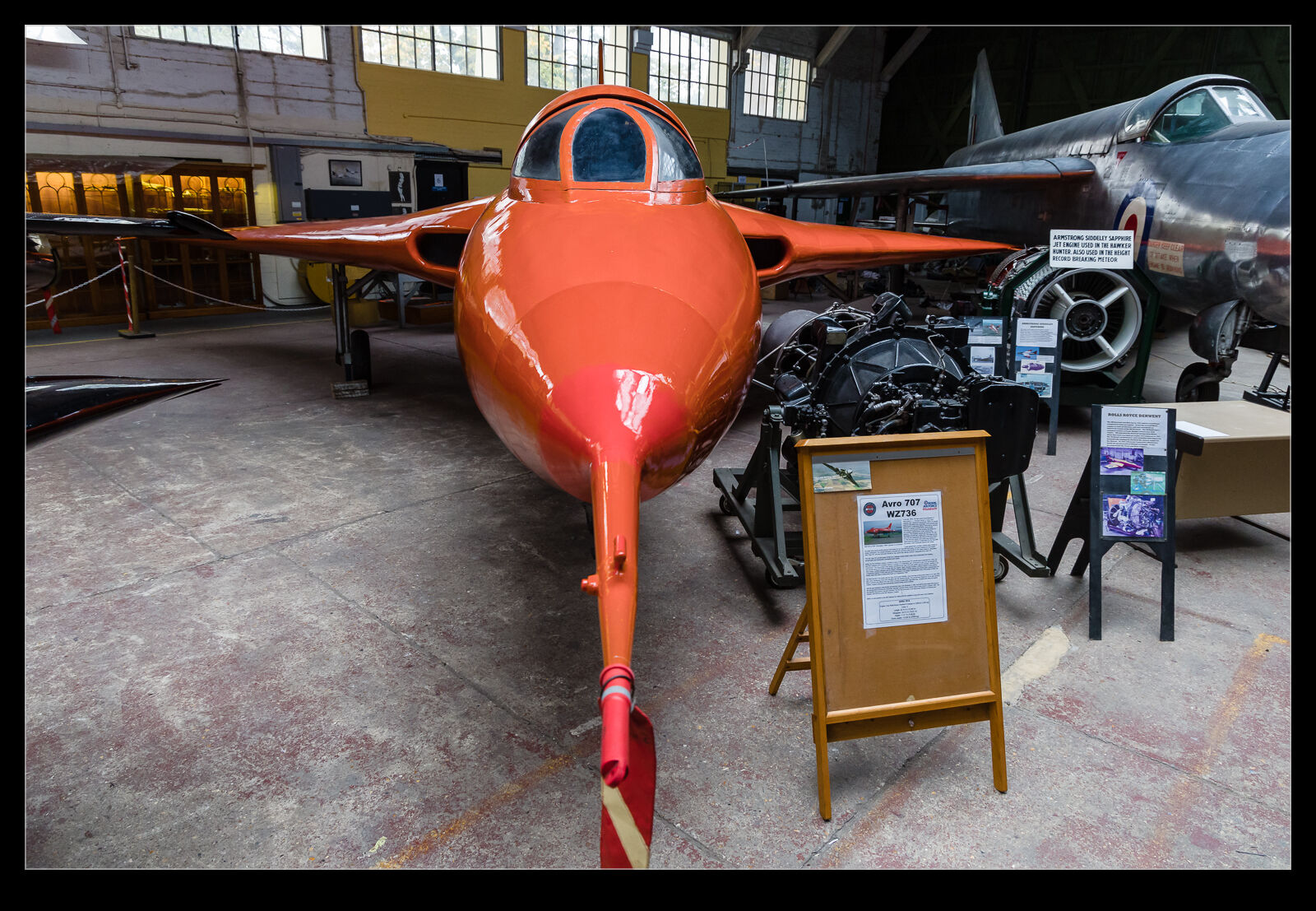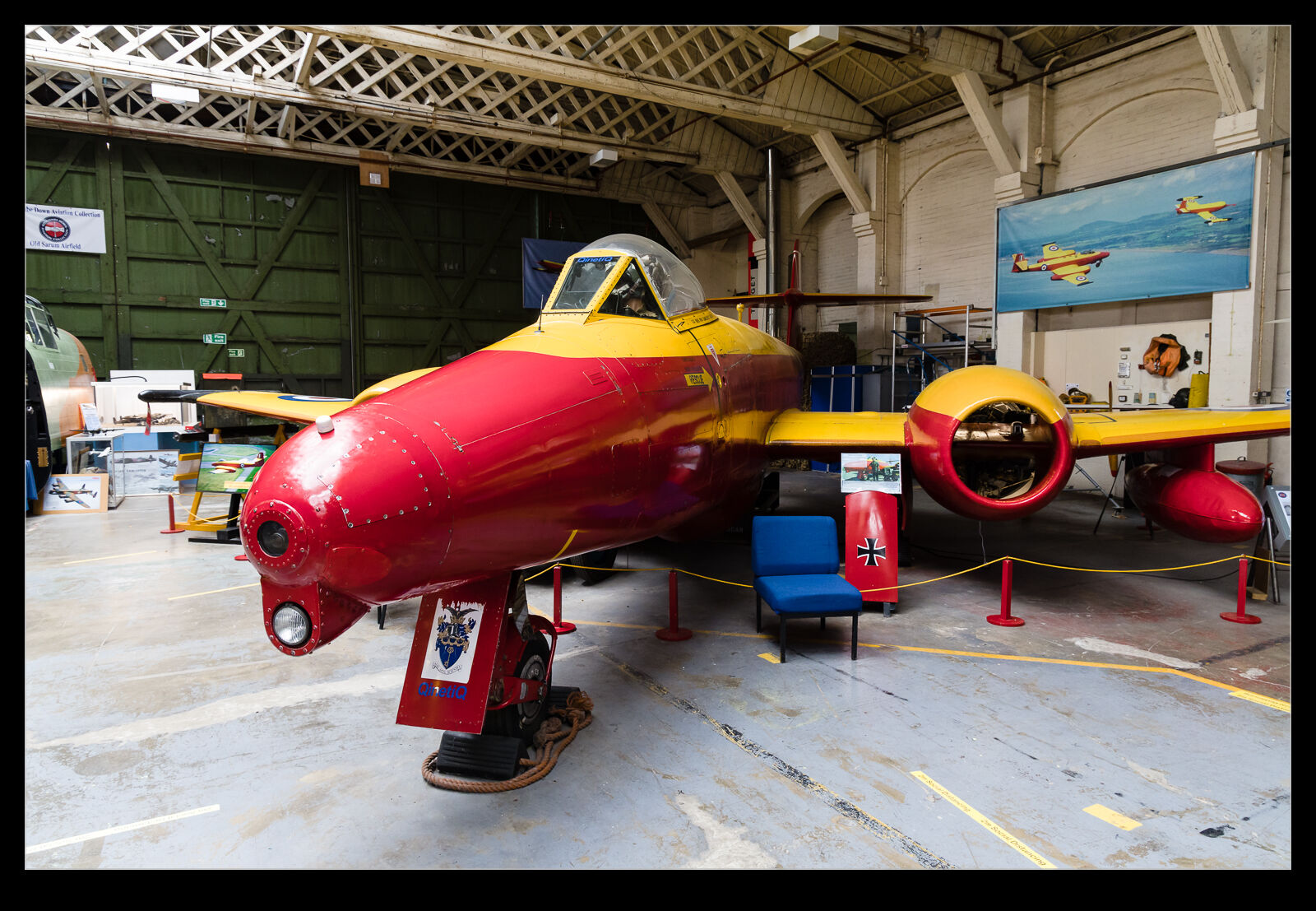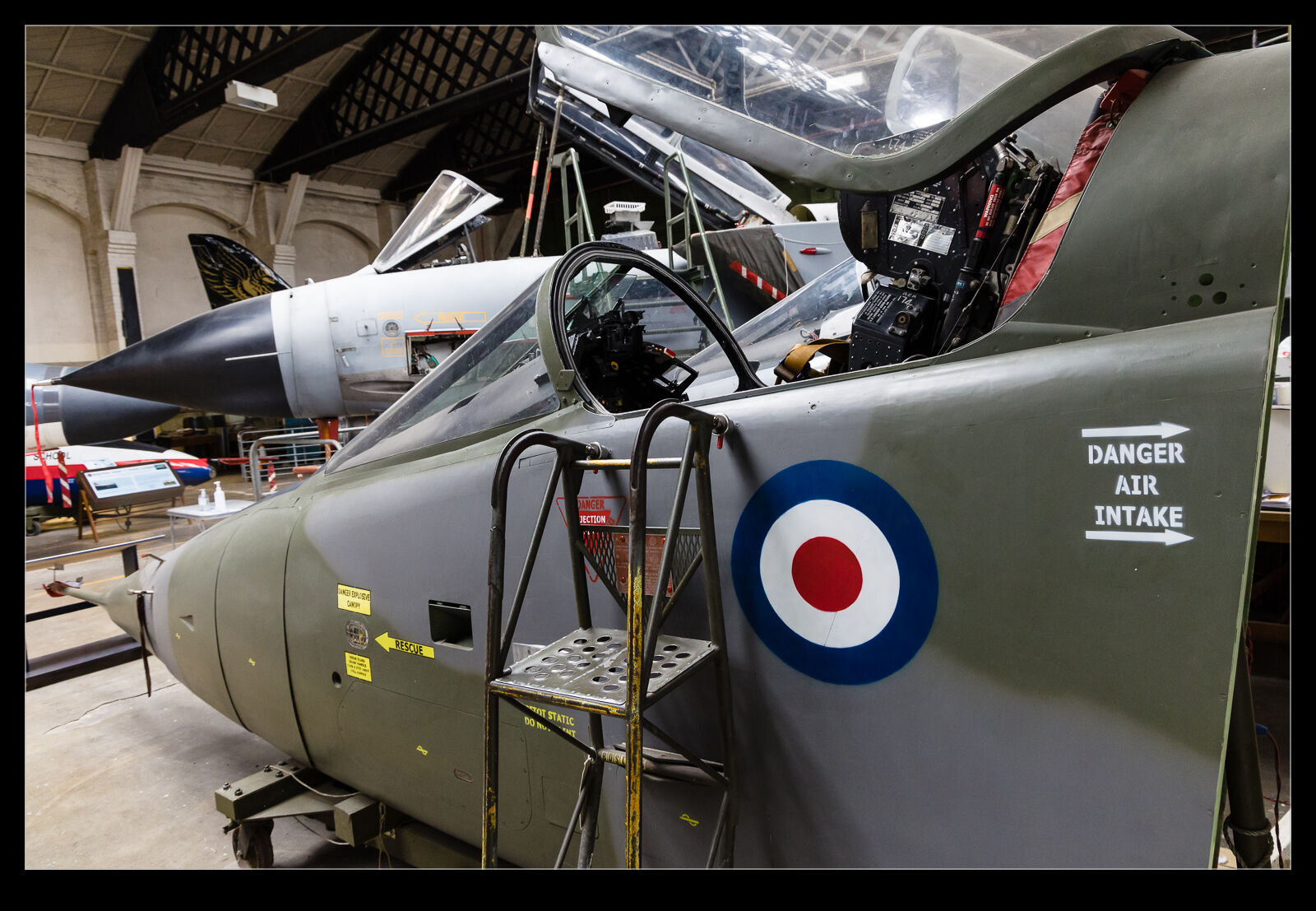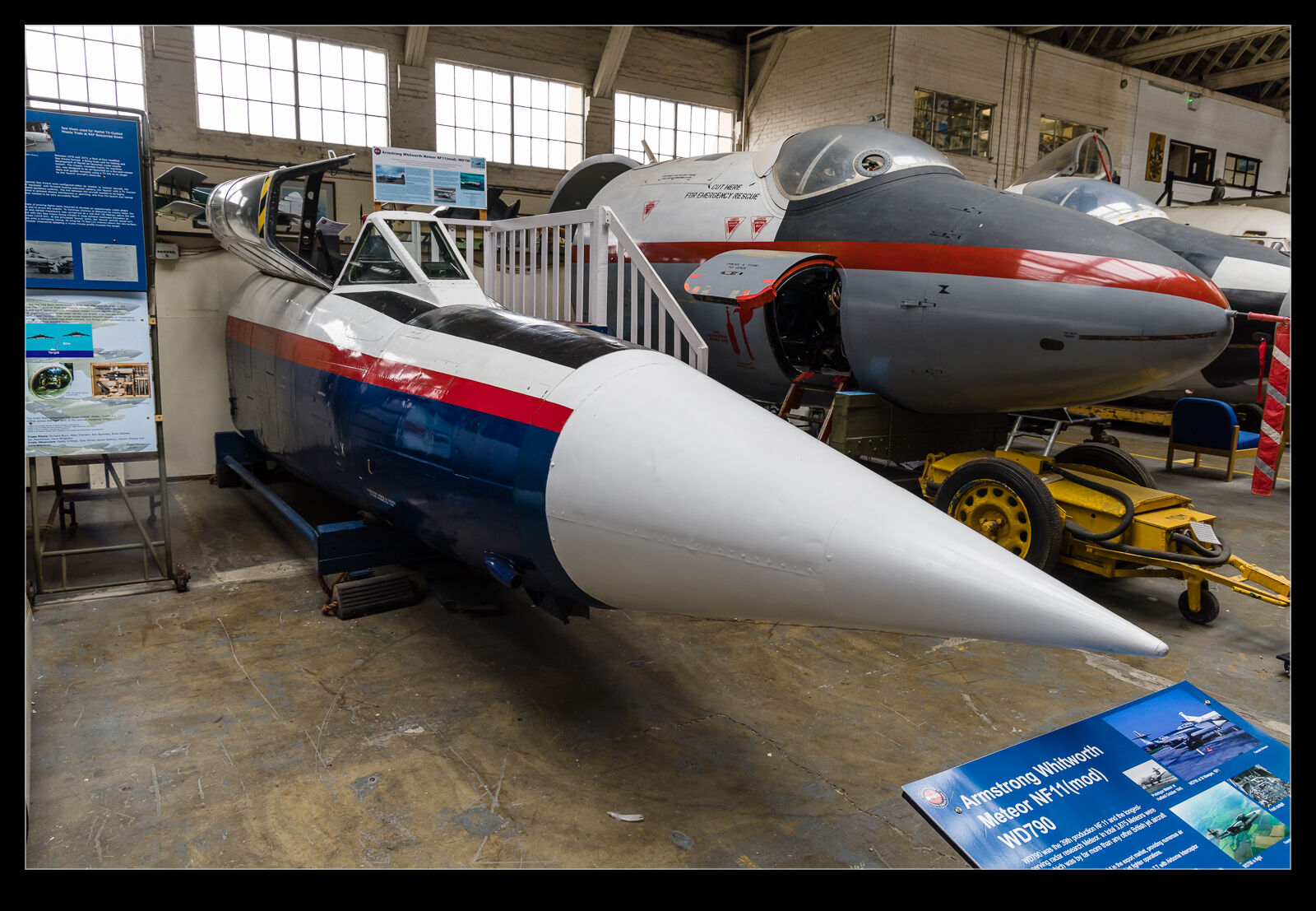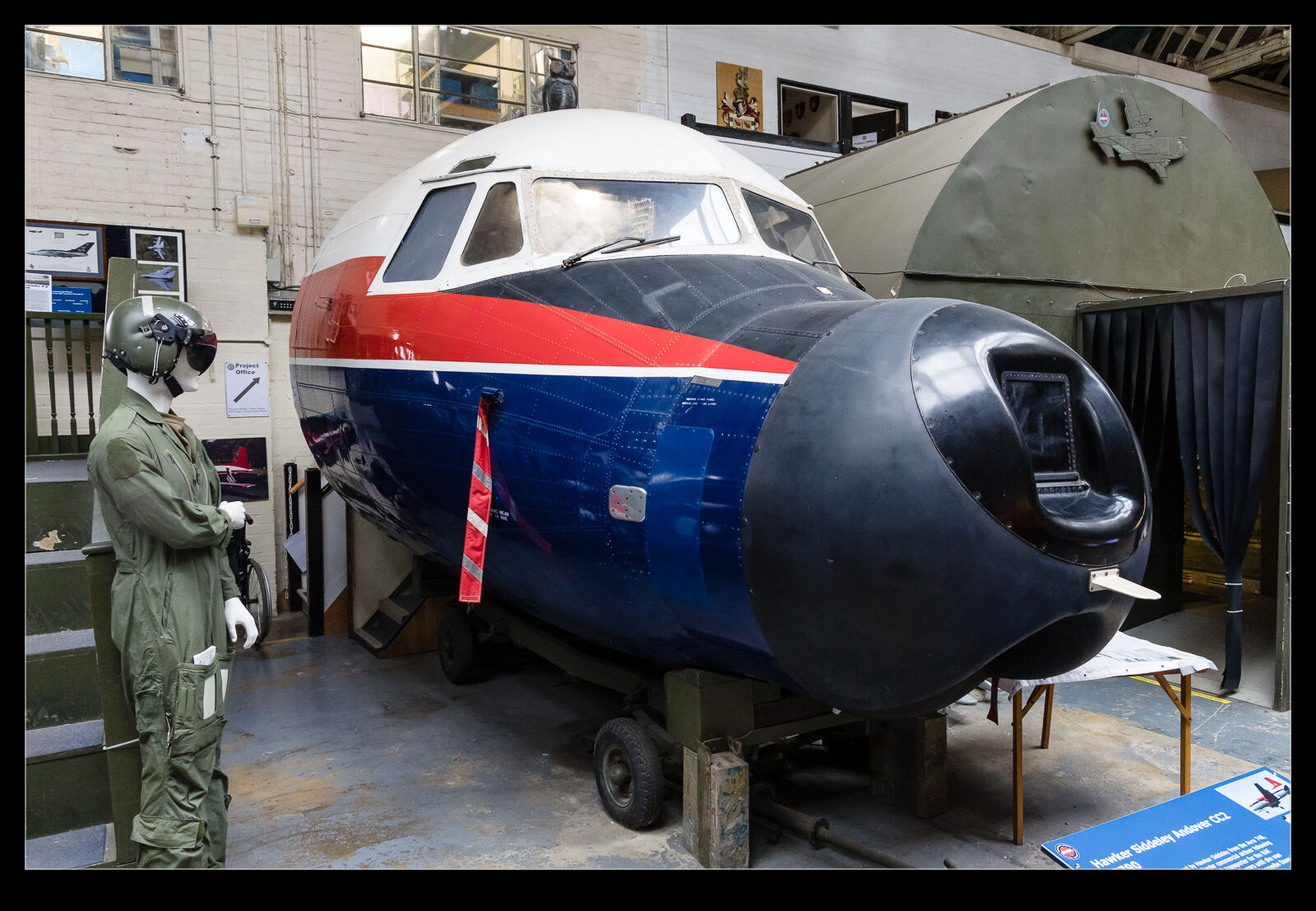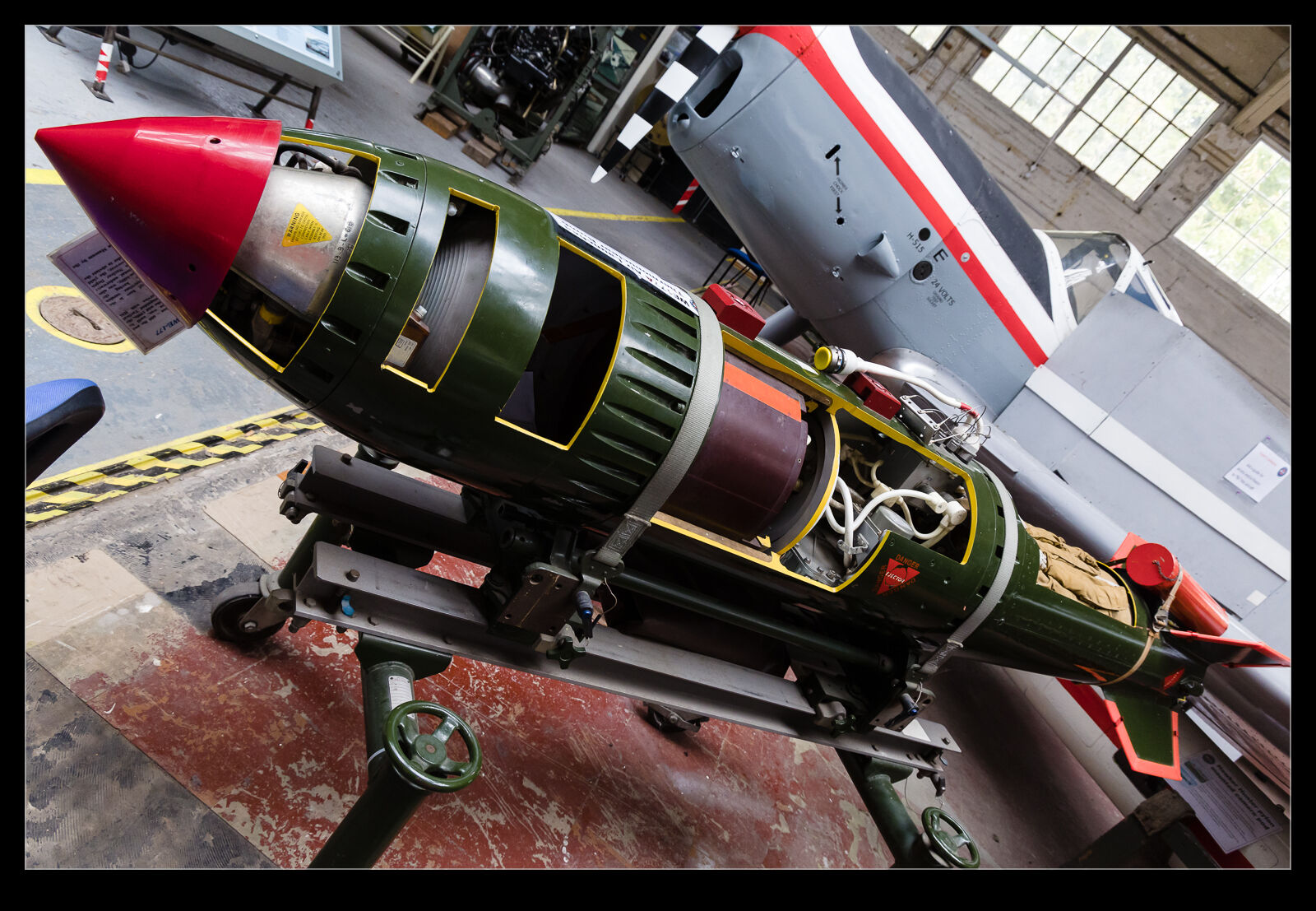 Many moons ago, I was walking around the RAF Museum at Cosford when I was taken aback to see a “special weapon” on display. I didn’t realize that they had been declassified so, to see an inert one on display was rather a shock. Now they crop up all over the place. The Boscombe Down Aviation Collection at Old Sarum has one on display. It has been cut open to reveal the various elements of what turns a small amount of metal into a large amount of energy! Amazing to think so much destruction can be done wrought with so little!
Many moons ago, I was walking around the RAF Museum at Cosford when I was taken aback to see a “special weapon” on display. I didn’t realize that they had been declassified so, to see an inert one on display was rather a shock. Now they crop up all over the place. The Boscombe Down Aviation Collection at Old Sarum has one on display. It has been cut open to reveal the various elements of what turns a small amount of metal into a large amount of energy! Amazing to think so much destruction can be done wrought with so little!
Tag Archives: Boscombe Down Aviation Collection
One Of The Oldest Tornados
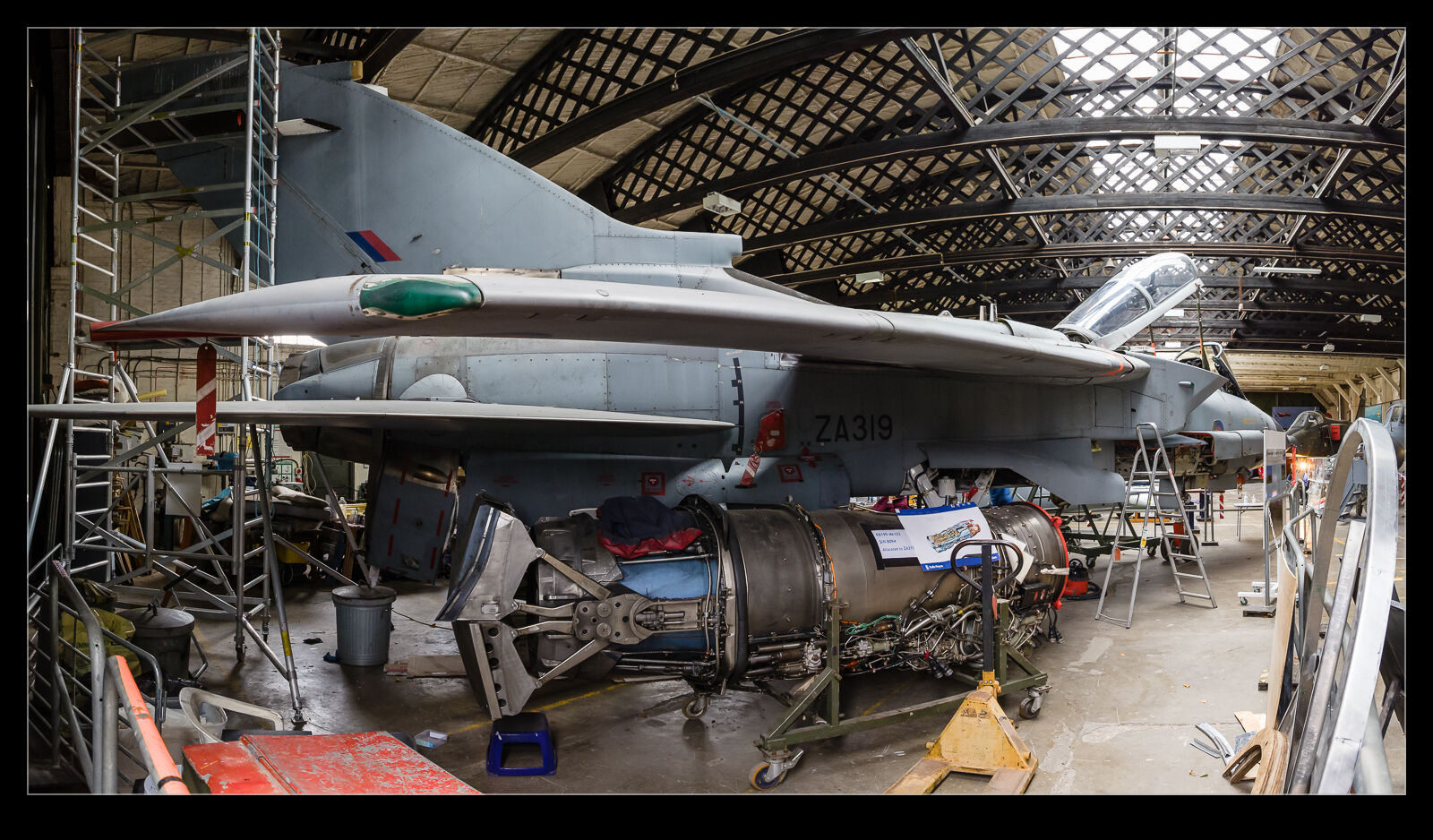 The Tornado was entering service in big numbers with the RAF at the same time that I was getting seriously into aviation. I always felt it was the plane I knew the best. When I ended up working on them, it felt like a continuation of my youthful enthusiasm. The Tornado GR1 was my jet. After I moved on to other projects, MLU came along and that became the GR4. Somehow, the GR4 never felt like it was mine. I was a GR1 kid.
The Tornado was entering service in big numbers with the RAF at the same time that I was getting seriously into aviation. I always felt it was the plane I knew the best. When I ended up working on them, it felt like a continuation of my youthful enthusiasm. The Tornado GR1 was my jet. After I moved on to other projects, MLU came along and that became the GR4. Somehow, the GR4 never felt like it was mine. I was a GR1 kid.
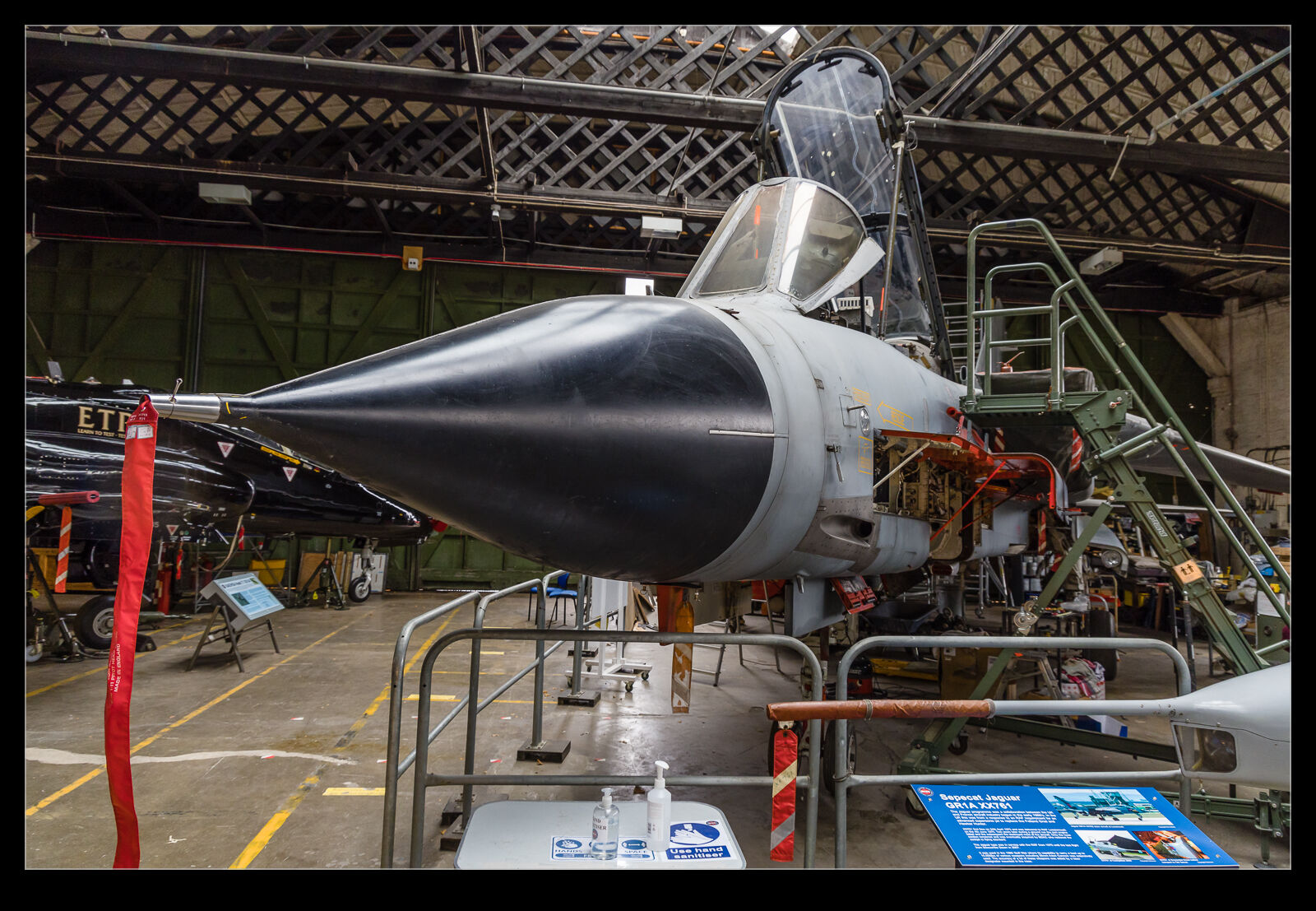 When I went to the Boscombe Down Aviation Collection at Old Sarum, there was a Tornado at one end of the hangar. It was a GR1 that had never been updated. Better than that, is was one of the earliest production jets that the RAF received. Some of the test jets at Warton were from this batch so this one really felt like one of the originals for me. The Tornado is long gone from RAF service but, for me, to see one of these earlier jets was really a treat. Camo with black radomes is how the Tornado should look!
When I went to the Boscombe Down Aviation Collection at Old Sarum, there was a Tornado at one end of the hangar. It was a GR1 that had never been updated. Better than that, is was one of the earliest production jets that the RAF received. Some of the test jets at Warton were from this batch so this one really felt like one of the originals for me. The Tornado is long gone from RAF service but, for me, to see one of these earlier jets was really a treat. Camo with black radomes is how the Tornado should look!
P1A Tucked In The Back
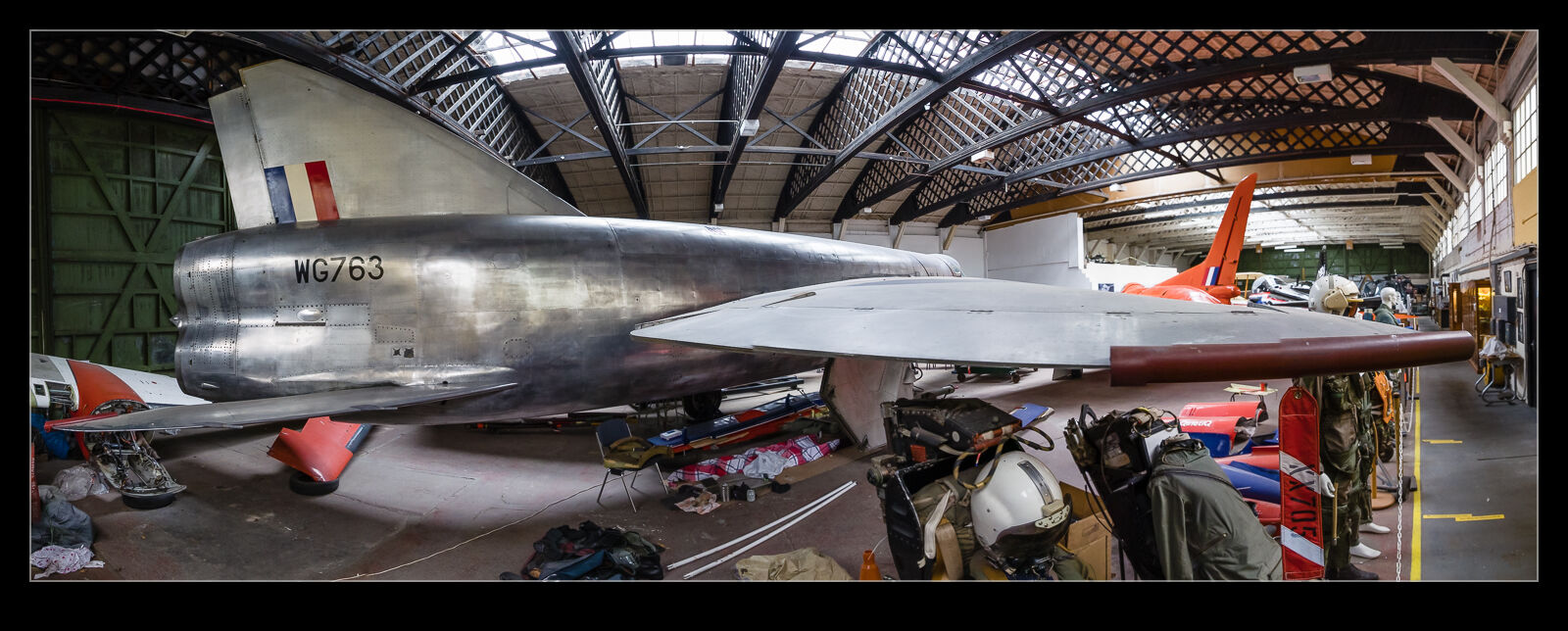 The Boscombe collection has a couple of interesting testbed airframes. The Avro 707 was in a previous post but another fine jet is the English Electric P1A. The precursor to what was to become the Lightning, the P1A is very similar in some respects but quite different in others. The nose is a pitot inlet without the shock cone that the Lightning adopted to house its radar. The rest of the front fuselage has quite a different shape while it also feels lower to the ground than the Lightning was. It is nice that a Lightning front fuselage is displayed alongside it for comparison.
The Boscombe collection has a couple of interesting testbed airframes. The Avro 707 was in a previous post but another fine jet is the English Electric P1A. The precursor to what was to become the Lightning, the P1A is very similar in some respects but quite different in others. The nose is a pitot inlet without the shock cone that the Lightning adopted to house its radar. The rest of the front fuselage has quite a different shape while it also feels lower to the ground than the Lightning was. It is nice that a Lightning front fuselage is displayed alongside it for comparison.
Avro 707
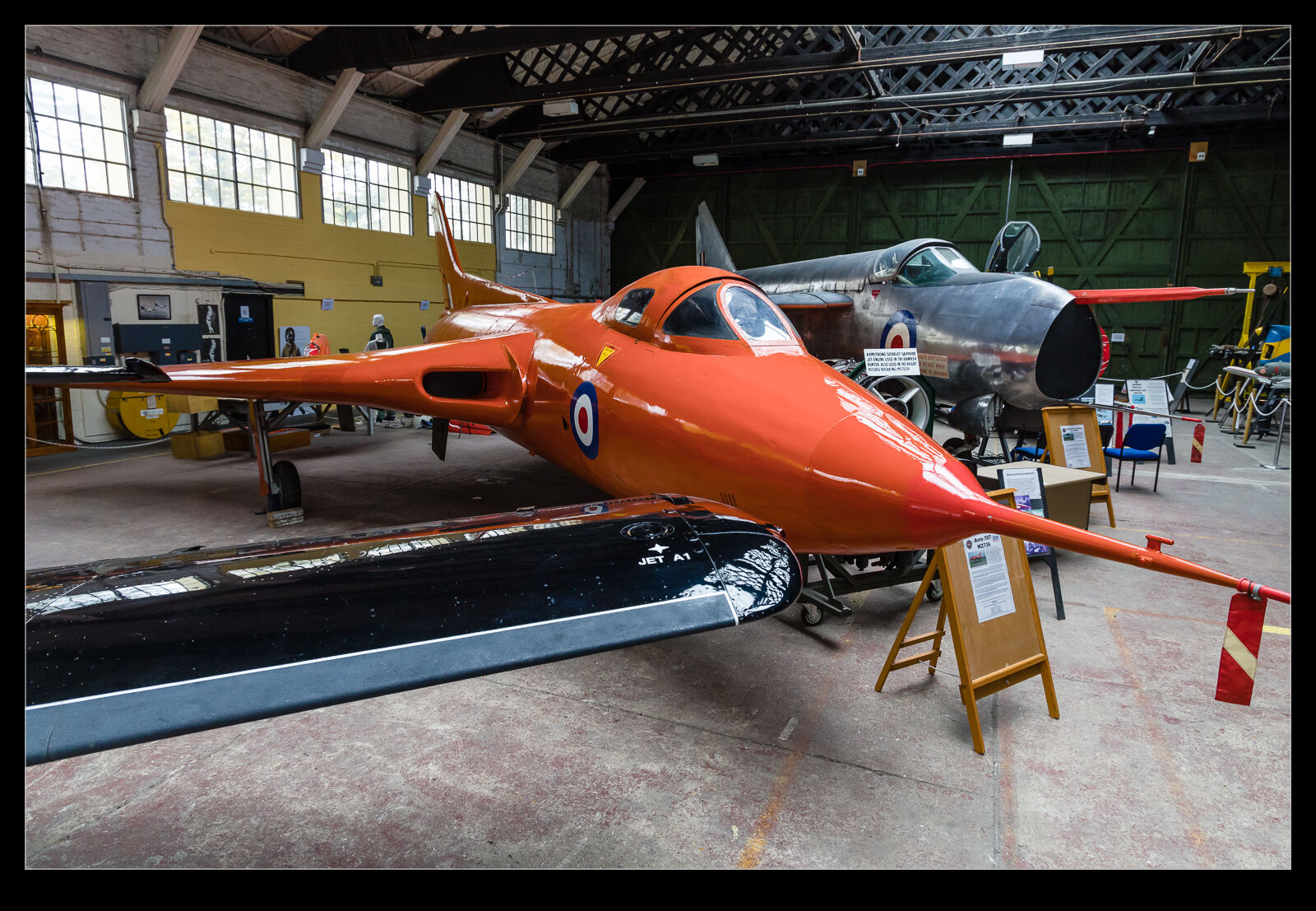 The development of the Vulcan required a lot of concept testing before the full size jets were built. Avro built a series of smaller scale delta winged jets to work out some of the issues under the name Avro 707. One of these lives at Old Sarum in the Boscombe Down Aviation Collection. It is painted a bright orange color and, while tucked in a dark hangar, it still looks striking. It would be great to get some elevation to show off the delta planform of the jet but still happy to have managed to see it. I was rather close to it so needed to shoot a variety of shots to stitch together afterwards which only worked so well.
The development of the Vulcan required a lot of concept testing before the full size jets were built. Avro built a series of smaller scale delta winged jets to work out some of the issues under the name Avro 707. One of these lives at Old Sarum in the Boscombe Down Aviation Collection. It is painted a bright orange color and, while tucked in a dark hangar, it still looks striking. It would be great to get some elevation to show off the delta planform of the jet but still happy to have managed to see it. I was rather close to it so needed to shoot a variety of shots to stitch together afterwards which only worked so well.
Drone Control Meatbox
 When Llanbedr was the home for a bunch of drones, it also had some old airframes used to support the drone operations. The Sea Vixen was one of the more famous jets saved from that program but the Boscombe collection has a drone support Meteor. The red and yellow paint scheme is not subtle but it looks good, particularly in the dark hangar at Old Sarum where the collection lives. I can’t claim to love the Meatbox but I do find it an interesting jet and seeing one in such good condition is a treat.
When Llanbedr was the home for a bunch of drones, it also had some old airframes used to support the drone operations. The Sea Vixen was one of the more famous jets saved from that program but the Boscombe collection has a drone support Meteor. The red and yellow paint scheme is not subtle but it looks good, particularly in the dark hangar at Old Sarum where the collection lives. I can’t claim to love the Meatbox but I do find it an interesting jet and seeing one in such good condition is a treat.
Boscombe Down Aviation Collection
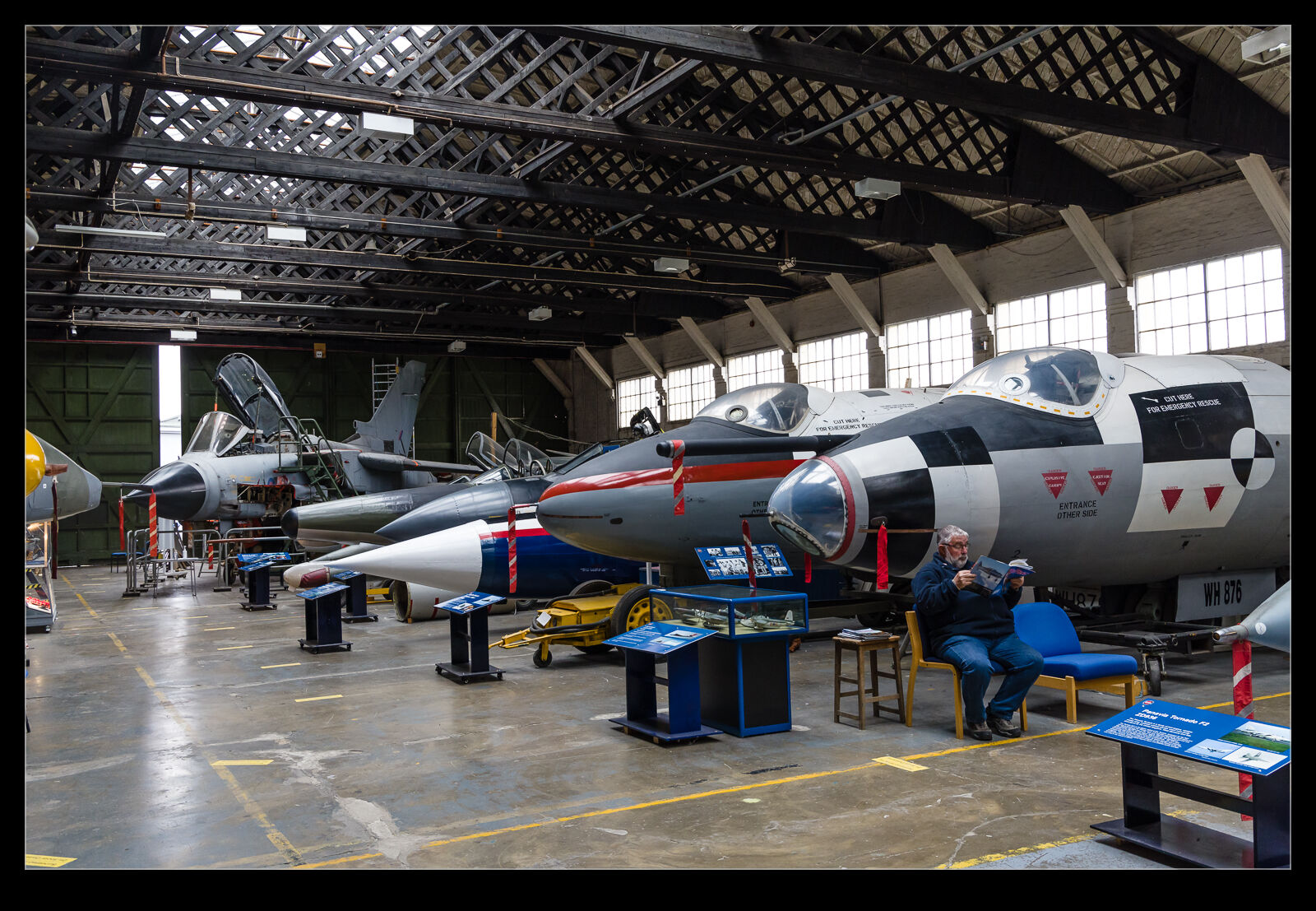 Middle Wallop was my first aviation museum of our vacation but there was a second. I didn’t have a lot of time but, with a small gap in the schedule and a very accommodating wife, we headed to Old Sarum, home of the Boscombe Down Aviation Collection. For those not familiar with UK military aviation, Boscombe Down is the center of military test in the UK and has a variety of unusual aircraft that are used for test duties and test pilot training.
Middle Wallop was my first aviation museum of our vacation but there was a second. I didn’t have a lot of time but, with a small gap in the schedule and a very accommodating wife, we headed to Old Sarum, home of the Boscombe Down Aviation Collection. For those not familiar with UK military aviation, Boscombe Down is the center of military test in the UK and has a variety of unusual aircraft that are used for test duties and test pilot training.
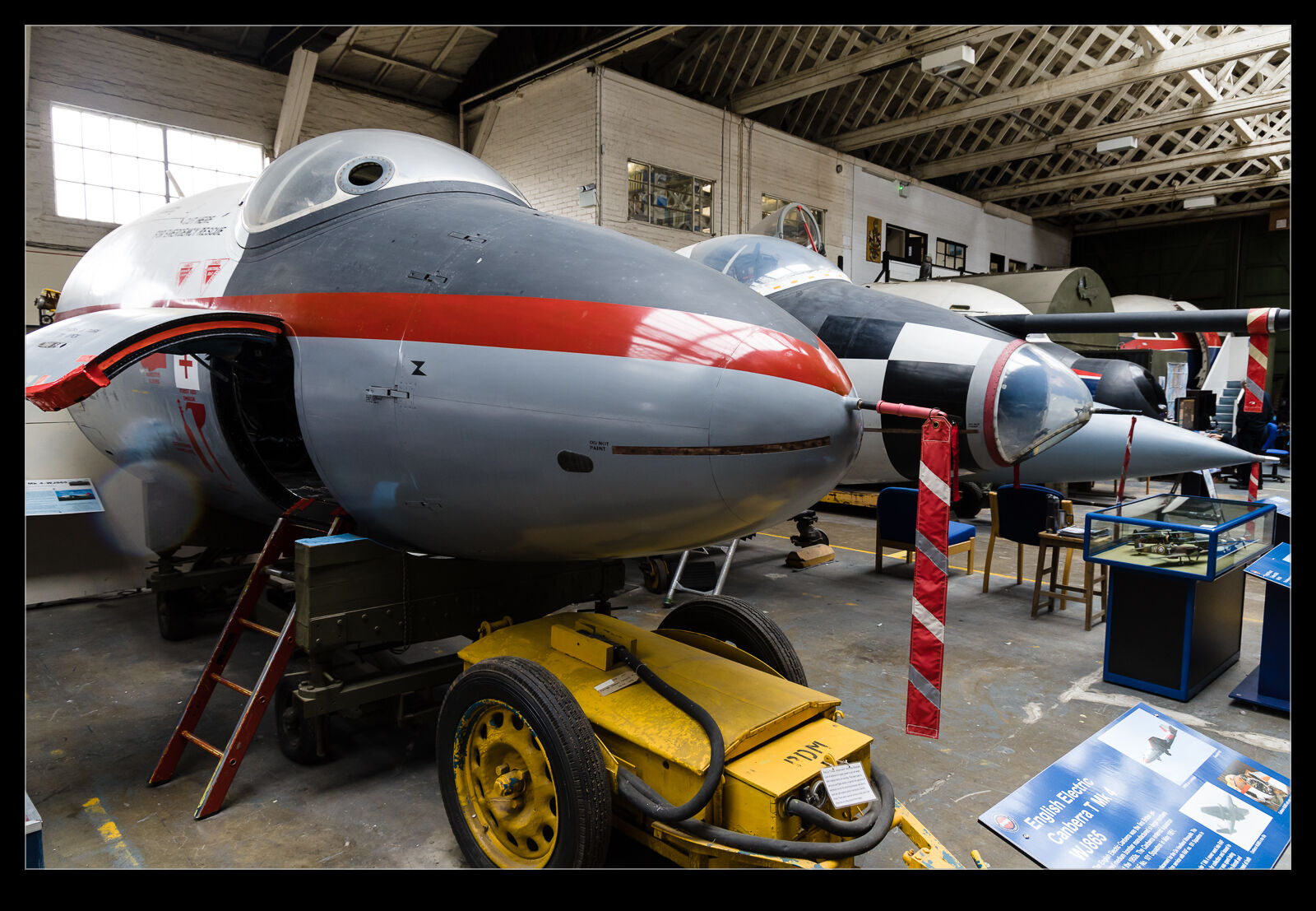 The weather was dismal but the vintage hangars meant I could stay dry (although there were a couple of exhibits outside including a Hunter and the nose of a Comet). The collection is full of interesting items. There are whole airframes and cockpit sections from others. The cockpits are all accessible and, if I had been there longer, I would probably have got in to some of them. However, time was tight and hopping in wasn’t that important to me. There were a variety of Canberra front fuselages and a Sea Vixen. Some of the exhibits are special enough to justify their own posts so those will come in due course. The stories of restoration of the airframes were pretty interesting too and a lot of good work had been done to preserve them. (As an aside, the one thing I was a little disappointed in was the painting of the aircraft. The colors and markings seemed inaccurate which seemed at odds with the great efforts made in to earth respects.)
The weather was dismal but the vintage hangars meant I could stay dry (although there were a couple of exhibits outside including a Hunter and the nose of a Comet). The collection is full of interesting items. There are whole airframes and cockpit sections from others. The cockpits are all accessible and, if I had been there longer, I would probably have got in to some of them. However, time was tight and hopping in wasn’t that important to me. There were a variety of Canberra front fuselages and a Sea Vixen. Some of the exhibits are special enough to justify their own posts so those will come in due course. The stories of restoration of the airframes were pretty interesting too and a lot of good work had been done to preserve them. (As an aside, the one thing I was a little disappointed in was the painting of the aircraft. The colors and markings seemed inaccurate which seemed at odds with the great efforts made in to earth respects.)
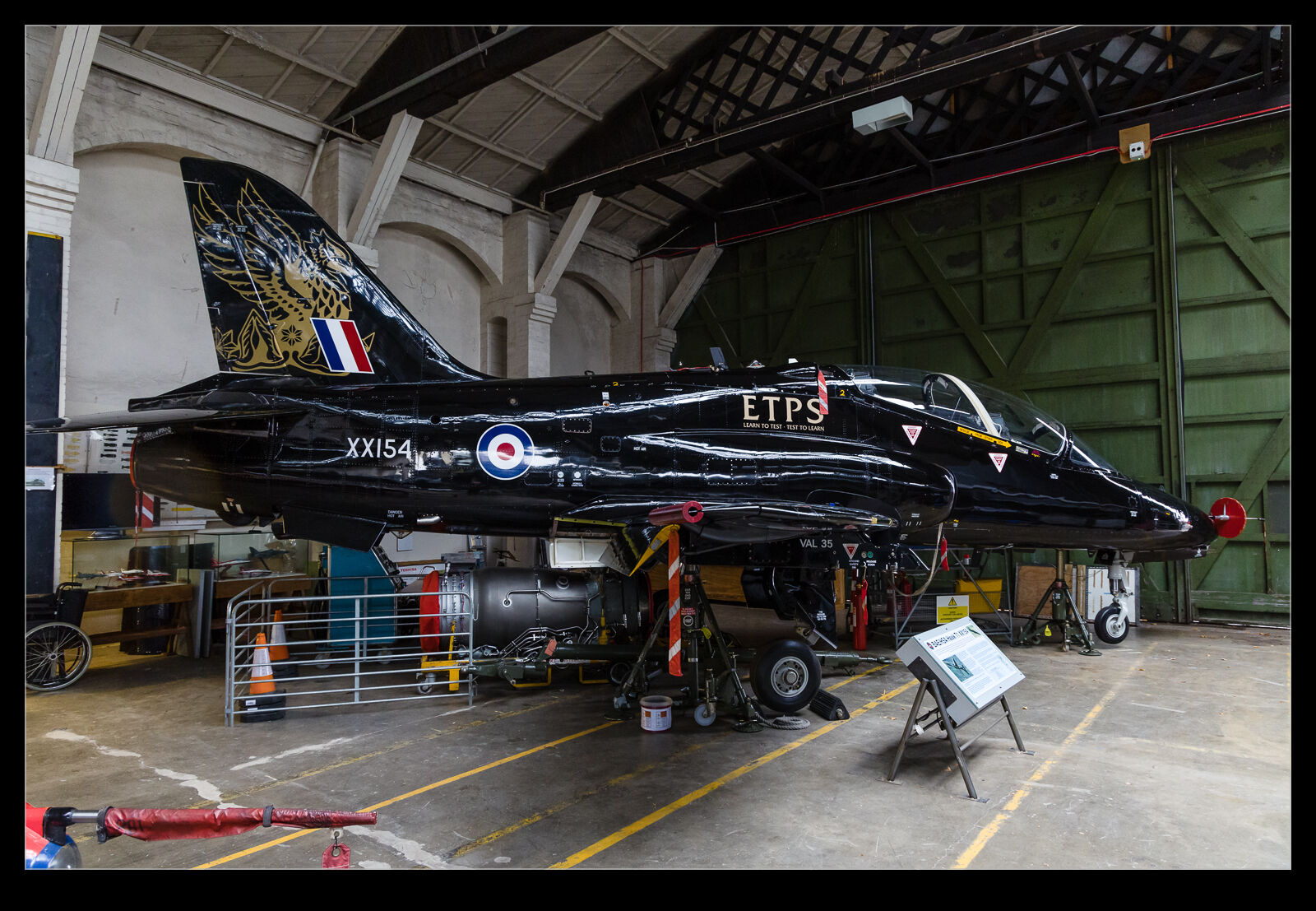 A Sea Harrier was on display as was a Jaguar. One of the highlights for me was Hawk XX154. This is the first Hawk built and one that had a full career in test duties ending up at Boscombe. It was moved to Old Sarum by the RAF with a Chinook lifting it across as a training exercise. It is displayed in its final gloss black finish but I will always think of it in red and white. There is also a front fuselage from one of the ETPS Hawks that was written off in an accident.
A Sea Harrier was on display as was a Jaguar. One of the highlights for me was Hawk XX154. This is the first Hawk built and one that had a full career in test duties ending up at Boscombe. It was moved to Old Sarum by the RAF with a Chinook lifting it across as a training exercise. It is displayed in its final gloss black finish but I will always think of it in red and white. There is also a front fuselage from one of the ETPS Hawks that was written off in an accident.
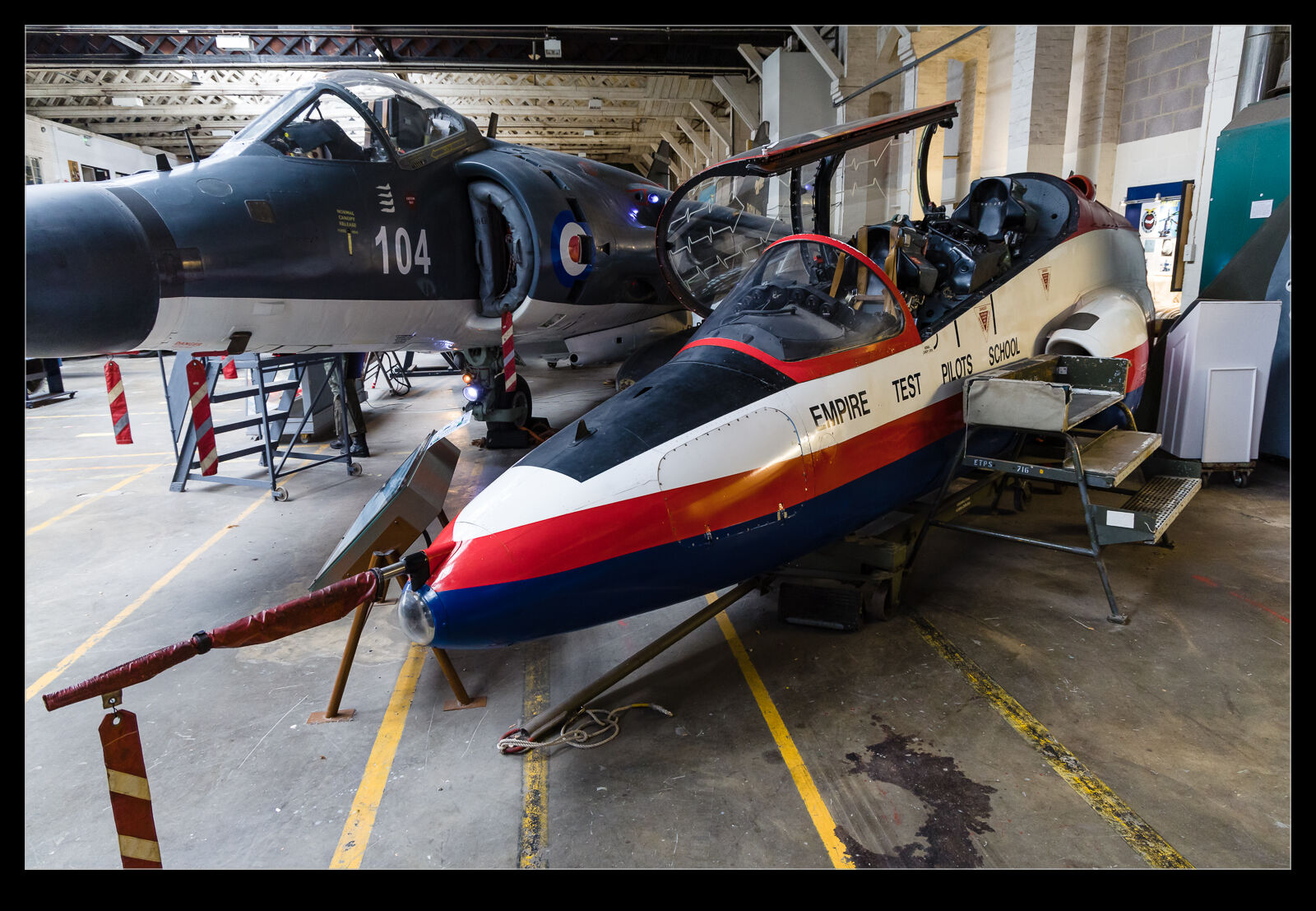 So much variety of exhibits and definitely a top place to visit if you like military aviation. The nice thing is that the airframes are unusual in their configuration and history. They tend not to be regular squadron jets so give extra to learn about. I would love to go back again some time.
So much variety of exhibits and definitely a top place to visit if you like military aviation. The nice thing is that the airframes are unusual in their configuration and history. They tend not to be regular squadron jets so give extra to learn about. I would love to go back again some time.
